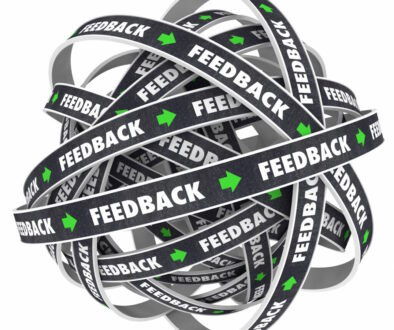Reactive vs Proactive Agility
In times of chaos, we adjust. We don’t have a choice. We react to the events around us, changing direction quickly in pursuit of goals which are likely shifting as fast as circumstances.
While this is difficult in our personal lives, it is even worse in our professional ones. No business can maintain a long-term strategy of reacting, right?
Wrong.
For businesses to be successful in the long term they must learn to react to changing market conditions. They need the ability to change, evolve, and grow. The difference between a time of chaos and a time without is largely a matter of scale.
We know up front there is a level of uncertainty for any project. Traditional project management focuses on answering the questions of what we’re building, how we’re building it, and what that process and end product will look like. It answers these questions with a high level of detail, then commences the project. As long as outside factors remain consistent for the life of the project, this should work just fine.
On many projects in the modern age, especially technology projects, the environment changes too quickly for this method of project management. During the worldwide pandemic in early 2020 this was made painfully clear to many organizations. The outside environment changed so quickly entire industries ground to a halt trying to understand the change, much less respond to it. This is when many companies started to live in a reactive agile world. They were making decisions based on what they knew and evaluating those decisions based on new information as it came in. Course corrections were inevitable, and sometimes radical.
For many companies the move to reactive agile was not smooth, and in some cases didn’t work. Agile in and of itself isn’t a bad thing, in fact in a situation such as this it’s required. However, companies without any knowledge or experience with Agile methods, practices, frameworks, or mindsets struggled. They had to move from non-agile to reactive agile. Moving forward we need to look to proactive agility. The fast pace of change has crept into the entire world, and setting ourselves up to respond to it is the only way to succeed.
Whether you are in the throes of adjusting to reactive agility, or trying to move out of that chaotic state and into more balanced proactive agility state, let me help. From coaching teams through the transition to helping leadership teams set a new focus I am available.






